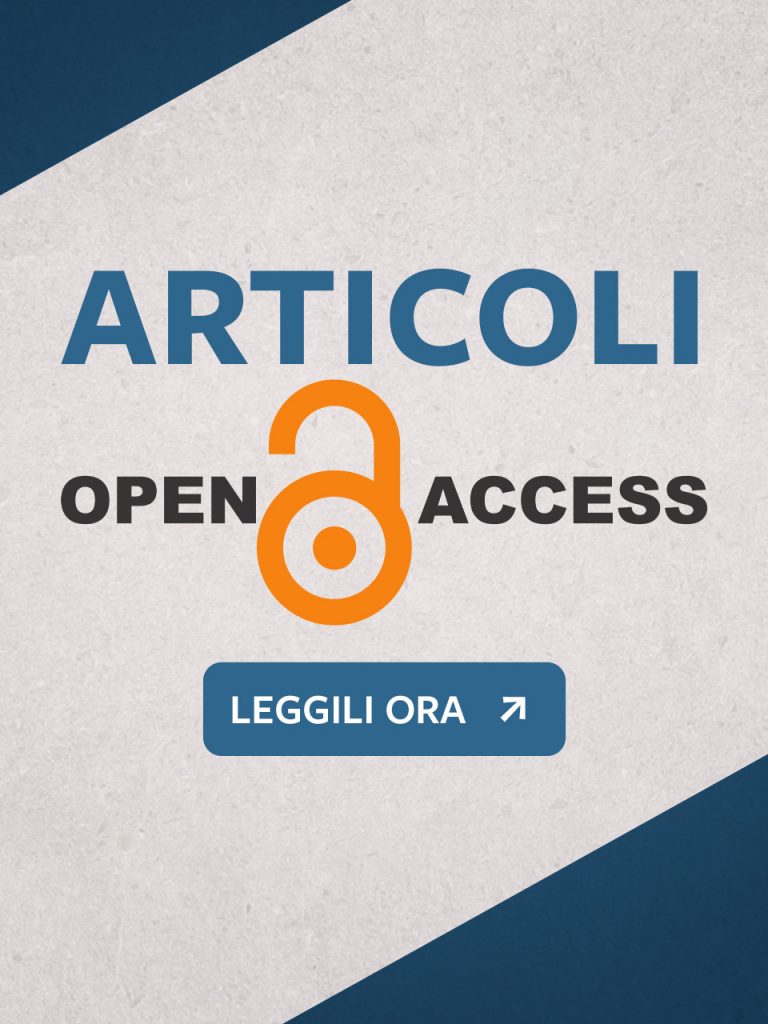Use of Biofeedback and Rational Emotive Behavior Therapy (REBT) for the treatment of chronic pain in patients with musculoskeletal disorders and primary headaches
Alessandro Failo, Mariantonietta Mazzoldi
Chronic idiopathic pain is a well-known form of suffering that affects about 1 in 4 adults and should be considered as a multi-faceted experience, characterized by both genetic and biological vulnerabilities, and by predisposing and/or concomitant psychosocial factors. Musculoskeletal disorders and primary headaches are the most frequent causes of chronic pain. Literature shows that pain-disability and the experience of pain itself are largely moderated by both negative and irrational beliefs, by compensatory behaviors and by a dysregulated physiology as well. The aim of this study is to test the feasibility of a combined program of REBT (Rational Emotional Behavioral Therapy) and Biofeedback Therapy in adults with chronic pain to evaluate clinical outcomes. The treatment was well accepted and in the 12 adults recruited we found differences between the two groups. Patients with headache improve in terms of pain characteristics (intensity, duration, quality), anxiety and depressive symptoms, pain catastrophizing with a significant change in learned impotence. Patients with musculoskeletal disorders show less evident improvements, concerning only intensity of pain and pain beliefs.
Keywords
Rational Emotive Behavior Therapy, Chronic pain, Biofeedback, Integrated treatment, Primary headaches and musculoskeletal disorders.

